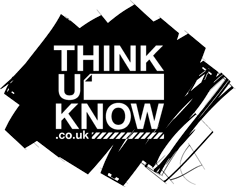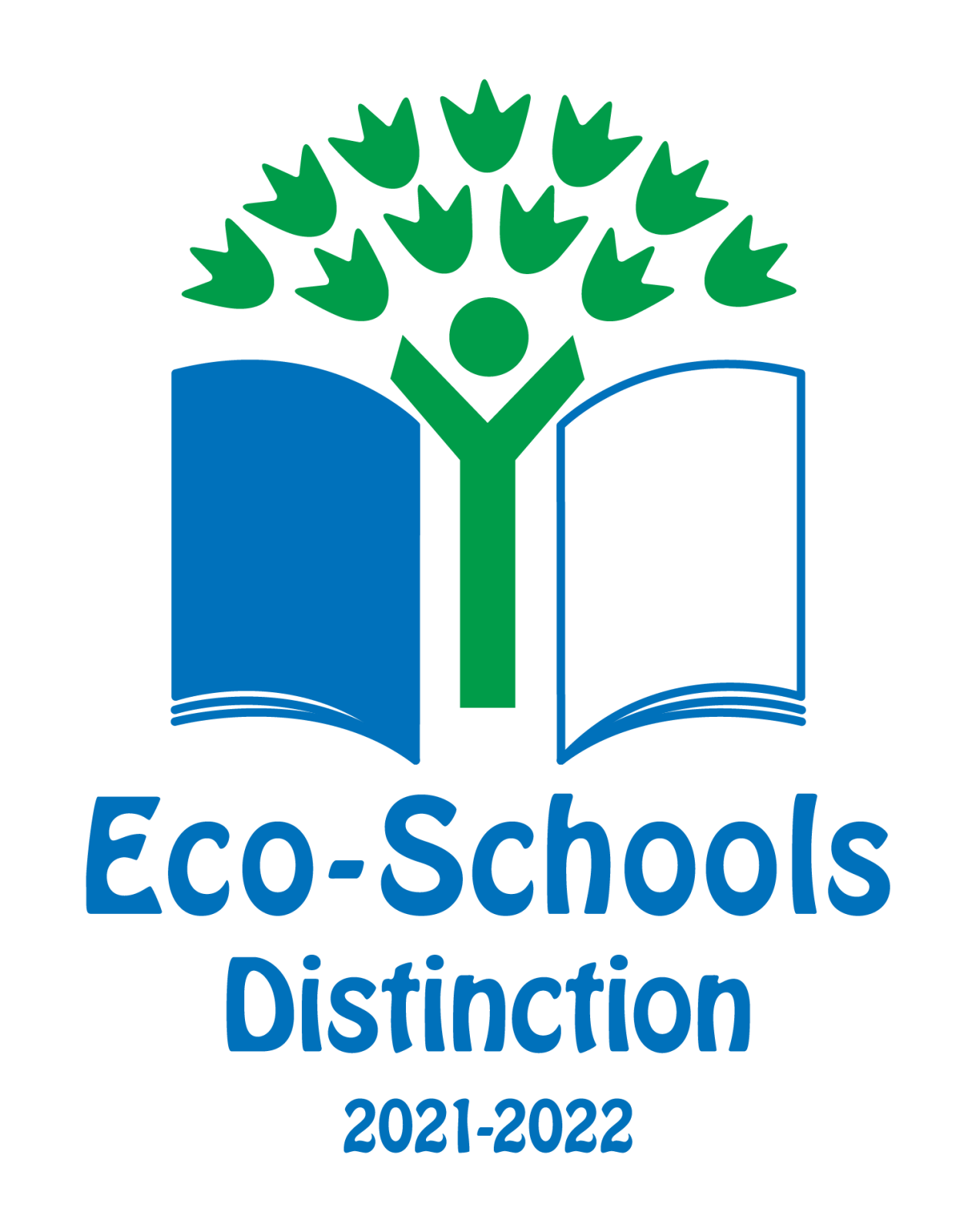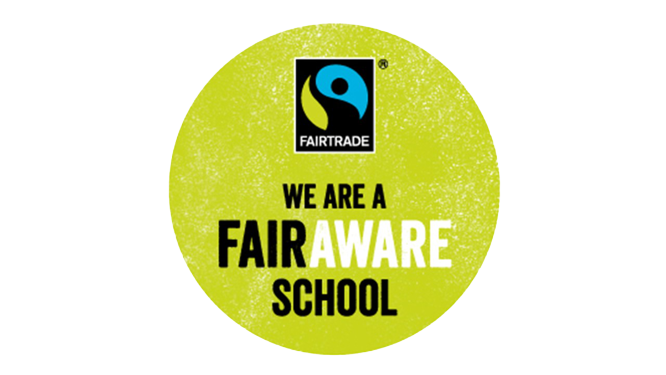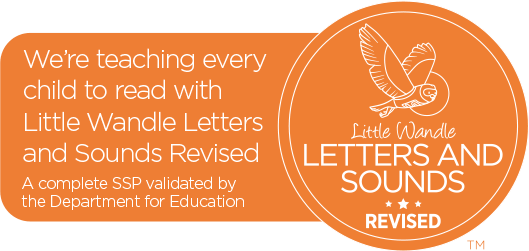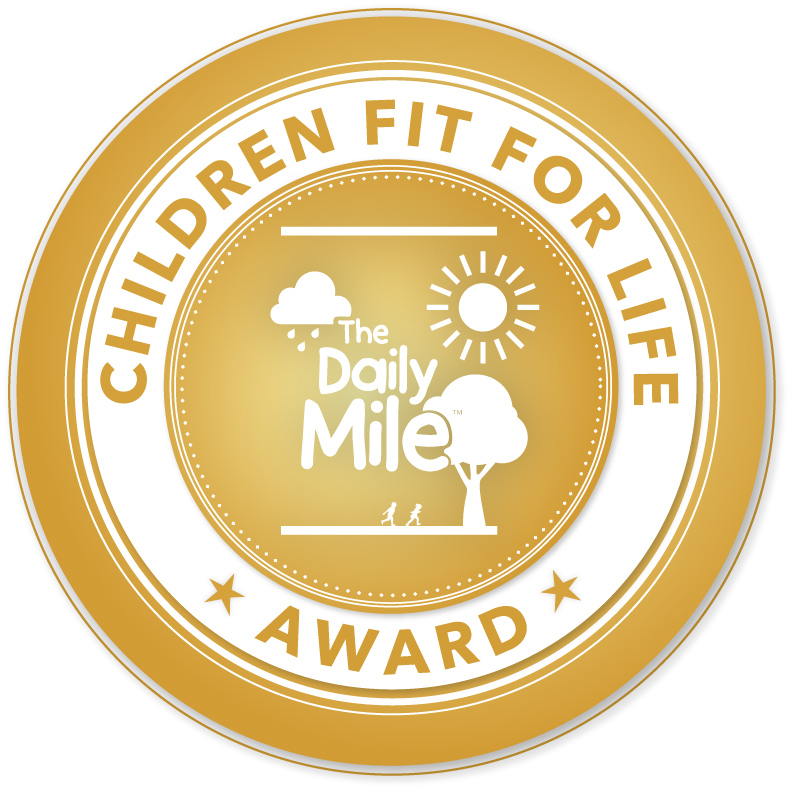Design Technology
Intent
At Cradle Hill, our DT vision is: Staying curious and developing creativity through opportunities to excite, stretch and grow for a changing future. Our inspiring and practical curriculum nurtures creativity and imagination. It allows children to appreciate key individuals and events and jobs associated with the different Design and Technology focuses; to give them a critical understanding of its impact on daily life and the wider world. Children will develop thinking skills to embrace a changing world. Opportunities to improve children’s own lives and the lives of others are made. The process of researching existing products, learning and understanding focused practical tasks and designing and making are all given equal importance, not just the end product. Progression is achieved in relation to each project and evolves year on year, ensuring a sequenced, cyclical and progressive curriculum.
Purposeful cross-curricular links are made where possible where knowledge and understanding is drawn from across the curriculum and helps to develop and enable numeracy, literacy and communication skills in practical ways. This consolidates skills from other lessons and reinforces learning with positive outcomes.Implementation
All teachers will use the D&T Association’s Projects on a Page planning and will adapt it to ensure it meets our school’s needs. Children will have a good understanding of what D&T is and the six principles of D&T (user, purpose, functionality, design decisions, innovation and authenticity). Teachers will use the star diagram as a visual snap-shot to see how these principles are emphasised to a lesser or greater degree over the year, depending on the project.
Throughout the school children will understand that DT is about designing and making Something, for Someone, for Some Purpose.
D&T in KS1 has four focuses. Over a two-year period, we will ensure that these focusses are evenly distributed across the year groups to ensure full coverage. However, every year group will include one food unit.
- Mechanisms
- Structures – frame structure
- Food
- Textiles
In KS2 there are five focuses. The focuses are distributed evenly across the key stage building on skills learnt previously. and every year group will study a food unit.
- Mechanical Systems
- Electrical Systems (including CAD – computer aided design)
- Structures – frame structure and shell structure
- Food
- Textiles
Local companies will be used where appropriate to develop authentic and truly purposeful learning opportunities.
Impact
Our Design and Technology curriculum is planned to demonstrate skills, knowledge and vocabulary progression to ensure age related attainment at the end of each Key Stage.
Our assessment will show progression in the following areas by the end of Year 2, end of Year 4 and end of Year 6.
Design: understanding contexts, users and purposes; generating, developing, modelling and communicating ideas
Making: planning; practical skills & techniques
Evaluating: own ideas and products; existing products; key events and individuals
Technical knowledge: making products work
Cooking & nutrition: where food comes from; food preparation, cooking and nutrition
Policy



